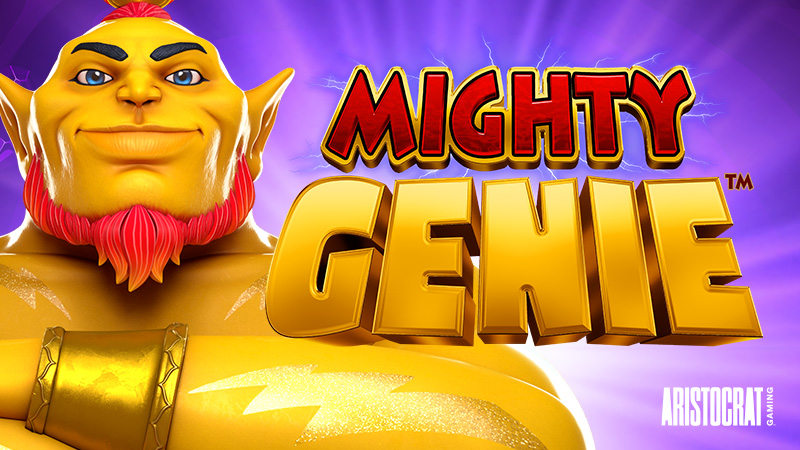NEUROMARKETING AND COLOUR PSYCHOLOGY
What is Colour Psychology?
Colour psychology is the study of how colours affect human behaviour and emotion.
It’s widely believed that the ability of colours to evoke certain emotions is linked to memories that we have of those specific tones from throughout our lives.
For instance, because most people find the ocean and other bodies of water calming, the colour blue is often associated with feelings of tranquillity and stability.
The psychological impact of colours
The psychology of colour is a fascinating field of study. But it’s hindered somewhat by the fact that not all results are entirely predictable.
That’s simply because the psychology of colours is really based on preference. And sometimes there’s just no accounting for taste, whether good, bad, or indifferent. Very basically, however, research indicates that we as a species tend to respond to certain colours in certain ways.
Even if there’s no hard and fast rule about how every single person will react to your pastel blue and forest green colour scheme, there’s still enough data available to give you a fairly good idea.

Where Does Colour Psychology Fit into Marketing?
The goal of effective marketing is to create an instant connection with an audience and to begin to build brand awareness and loyalty from the start. Colour psychology plays a big role in accomplishing this!
While a strong logo and a carefully chosen company name can help connect with customers, the colours used to bring the logo and advertisements, websites, and other marketing tools to life send a subtle, yet powerful message. Without consciously recognizing it, customers are already making assumptions about the style and tone of a brand simply from the colours present.
One academic study found that while people typically form the first impression about a product in fewer than 90 seconds (more recent research claims it might be in as little as 7 seconds). Anywhere from 62% to a whopping 90% of that snap judgment is based on colour alone!
For a more detailed look at colour in marketing material and graphics, as well as a more detailed insight into both the positive and negative connotations of colour click here>>>> Color Psychology in Marketing: The Ultimate Guide (visme.co)
Where Does Colour Psychology Fit into Room Design?
There are no hard and fast rules about perfect colour choice in restaurant and room design – context is key: How you use colour is determined by what you want to achieve. There are also some nuances and caveats.
For instance, we’re attuned to variations in shades, like saturation, intensity, brightness and combinations. Clashing colours are off-putting, so check your colour wheel and make sure your primary and secondary colours are either complementary or make for a pleasing contrast.
There are also subjective variations. I may like blue; you may not. Different cultures also regard colours differently, and colour is perceived differently according to gender. Apparently, men prefer bold colours; women prefer softer shades. Men are more receptive to colour shades (when black is added to a colour); women to tints (when white is added).
Still, there are some associations experts agree on.
BLACK: Since it evokes a sense of sophistication, authority, power and sleekness, this classy colour can work well with any food concept. In an interview with Lorraine Elliot on the site Not Quite Nigella, interior Designer Paul Kelly – who has designed restaurants in Asia and Australia – said “The darker the better”. This is because dark colours bring textures to the fore. Just avoid too much of it, though, as it can come across as cold.
BROWN: This earthy hue ensures a sense of comfort, wholesomeness and reliability. Of course, as it’s the colour of many foods, it’s ideal for places like coffee shops, bakeries or in restaurants where meat features strongly on the menu. Its earthy nature makes it suited to menus angled towards organic ingredients or a farm-to-plate philosophy.
WHITE: The colour of purity, innocence and hope can feel clinical (too much like the “hospital” in hospitality), so it’s best as a secondary or accent colour. That said, it adds a sense of spacious luxury and cleanliness. This year, white is popular with architects using stark white interiors so that the diners and food become the colour and contrast.
RED: The colour of passion, love and romance is also the colour of many foods, so it’s no surprise that it enhances the appetite and is thus a common (and good) choice for restaurants. The colour fires up the hypothalamus of the brain – the part that activates when we get an energy boost. Red can create a sense of urgency, though, so don’t go overboard.
ORANGE: Similar to its warm counterpart above, orange stimulates the appetite and is comforting and energising. Its downside? It can look unprofessional.
GREEN: Nature’s shade is calming, soothing and is said to induce thirst. (Could this be one of the reasons bar brands are often green?). As it’s so associated with fresh things, it’s a logical choice for healthy or vegetarian restaurants.
YELLOW: It promotes the feel-good, youthful energy of a brand-new morning. A lot of it can create unease, so it’s often used in establishments that want quick turnarounds.
BLUE: The colour of trust, security and calmness is often used for corporates, banks or study spaces. It’s believed to suppress appetite, so unless you’re a seafood brand or Greek restaurant, it’s not the wisest choice.
PINK: It’s calming and settling, but as it’s not associated with that many foods, it’s not the best choice for food brands – unless you’re selling sweets, baked goods or a particularly feminine, romantic concept.
GREY: The colour of concrete feels solid, mature, reliable, but it’s not exactly uplifting. It’s best used with a contrasting colour. Add shine though, and you get silver – classy, clean and suggestive of high-end brands and quality.
It all boils down to this:
- Colour is a vital part of attracting attention.
- Palette choice is influenced by the psychology of colour for the best effect.
- Up to 80% of consumers believe that colours help to“make” and identify a business brand.
- Up to 90% of consumers form their first impression largely based on colour.
Sources;
Color Psychology for Marketers: Brands’ Success Stories and Best Practices – Tailwind Blog (tailwindapp.com)
Impact of color on marketing | Request PDF (researchgate.net)
The Undeniable Influence Of Colors In Marketing (And How To Use Them) (jeffbullas.com)
THE PSYCHOLOGY OF COLOUR IN RESTAURANT DESIGN (linkedin.com)











